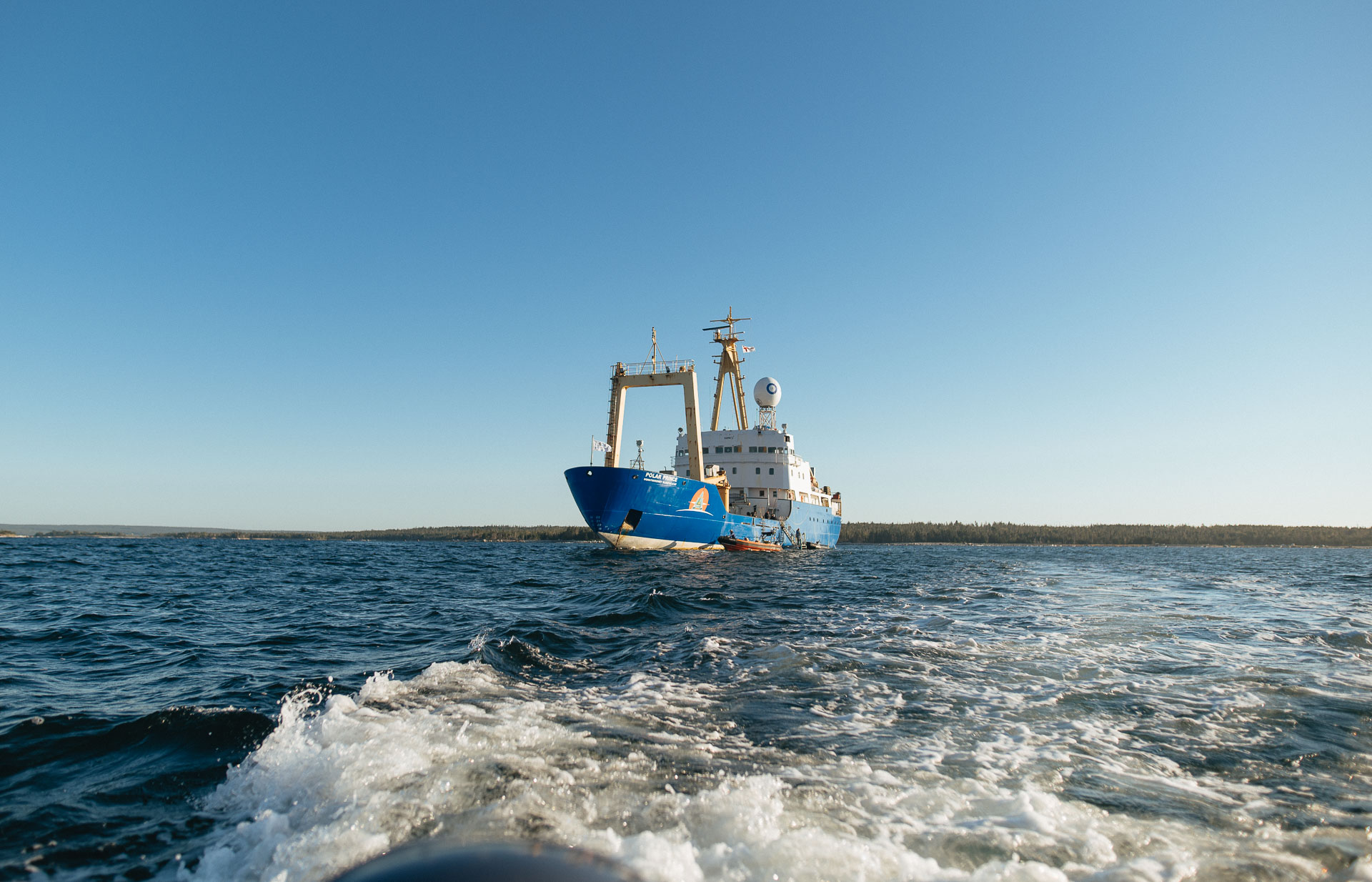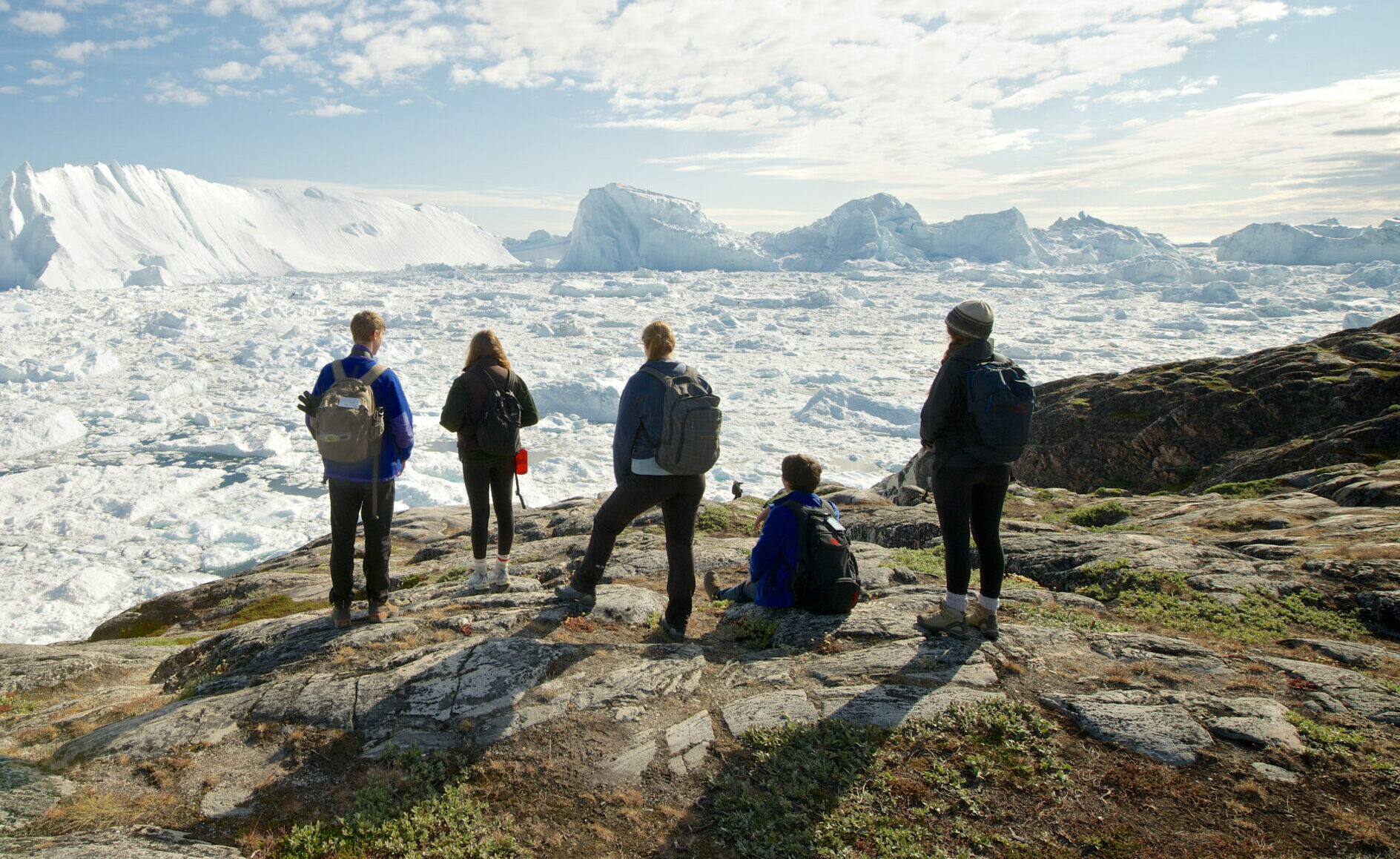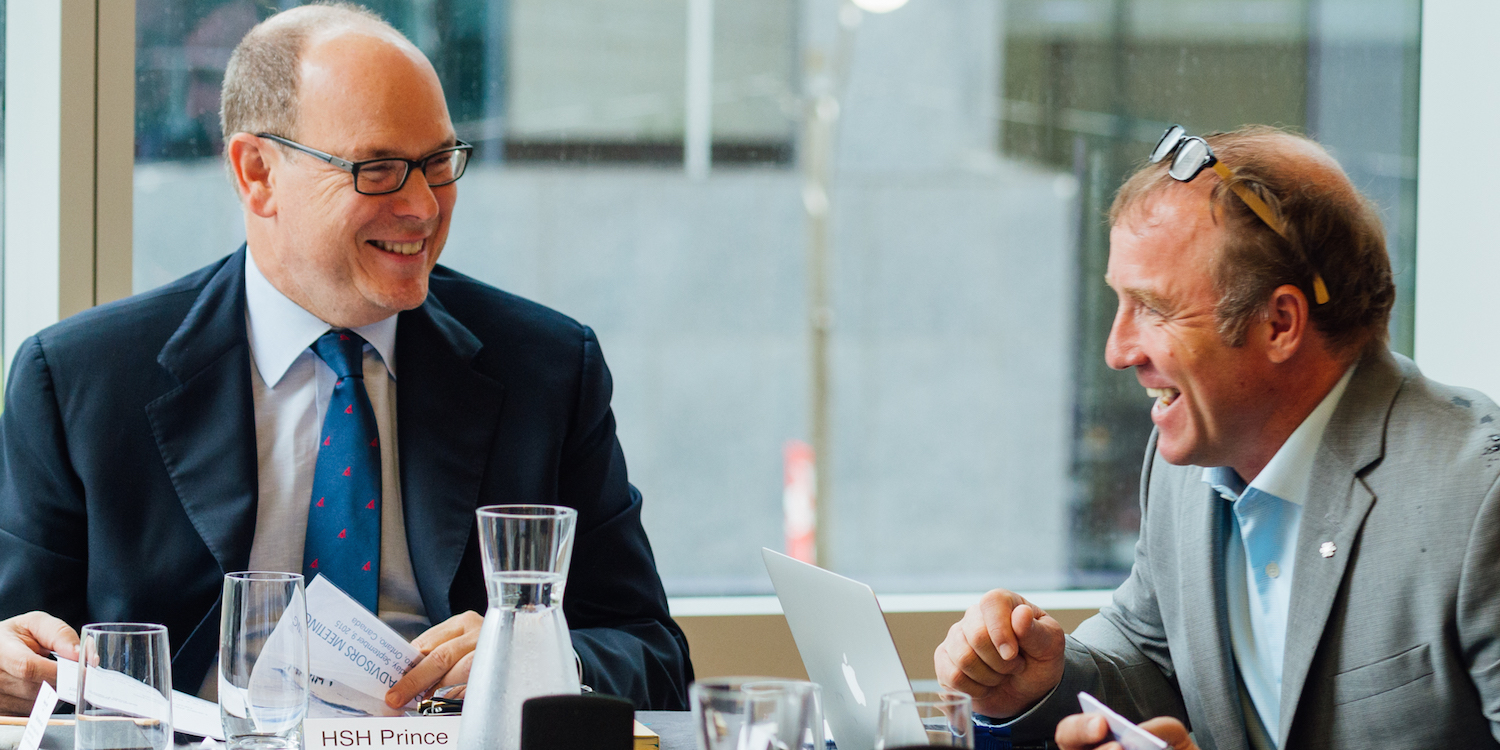Recap Blog: Arctic Encounter
From March 28-31, members of our team, along with a delegation of youth attended the Arctic Encounter Symposium (AES). Our Arctic Policy delegates and staff travelled to Anchorage, Alaska for America’s largest gathering on the Arctic. This was our first experience at AES, so let’s walk you through some of the highlights:
Before AES, we attended an Arctic Youth Forum, hosted by our friends at the Arctic Youth Network, Arctic Youth Ambassador Program, Arctic Resilient Communities Youth Fellowship Program, and the Government of Canada. It was a full day for young leaders from the North to connect and support one another. There were conversations around community needs, challenges and solutions, and how to translate them into policy. In addition, the ability to gather as young leaders before having to engage in a conference setting was meaningful. Delegates were able to share their fears and find solidarity and support within each other. Knowing that they will have each other through the experience at Arctic Encounter was invaluable.

Our delegates were active early in the conference as Qilak Kaludjak, an Arctic Policy Cohort member originally from Rankin Inlet, Nunavut, spoke on the panel “Decisions Today, Our Legacy Tomorrow: Young Commentary on Contemporary Arctic Policy.” He shared the challenges young people in Northern Canada face related to a lack of access to culturally relevant higher education, and mental health resources.
Later in the conference, our delegates connected with Senior Arctic Official, Heidi Kutz, at the Arctic Youth reception, about her career journey in Arctic policy and her thoughts on priorities for the Arctic. A few lucky team members also met with Sarah Cohen, Deputy Head of Foreign Policy and National Security. All our delegates had the opportunity to network and make meaningful connections. Two delegates, Elia Lauzon and Riley Chervinski, even got to share their thoughts in media interviews between conference sessions.

One of the most impactful moments of the conference was when three Alaskan native mothers took to the main stage. They spoke to the climate-induced displacement of their community in Northern Alaska, and the lack of urgent government response to this devastating situation. First-hand experiences like these highlight the necessity of community-driven adaptation to climate change as well as the allocation of resources to small remote communities on the frontlines of climate change. Stories directly from community members are the ones that need to be shared at large international gatherings on the Arctic.
In the evenings, we attended events like the Far North Fashion Show with Indigenous designers and models, gathered for networking opportunities, and debriefed our conference days as a small group.
On our last day in Alaska, we travelled east of Anchorage to hike across the Matanuska glacier. We explored interesting features on the ice, took some deep breaths, laughed, and drank refreshing glacial water straight from the source. This time in nature allowed us to decompress from a thought-provoking conference and connect with each other in a shared experience outdoors. We stood in awe under towers of seracs and wandered curiously through crevasses and black ice caves. We were reminded of the reason we do all this hard work: to stop the melting of the glaciers and protect the people, plants and animals that depend on them for clean water, shelter and liveable global temperatures.

As our delegates return home across Canada, they’ll be reflecting on their experience while also figuring out how to integrate our learnings into their own work and personal lives.
View the photo gallery from Arctic Encounter here.





